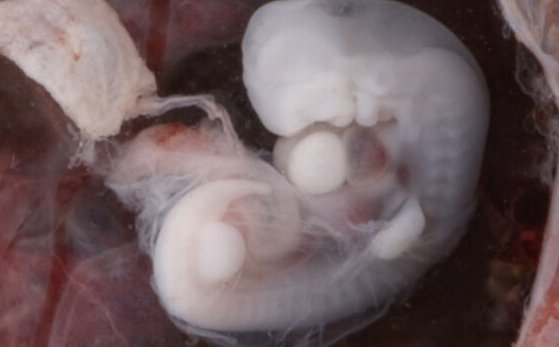When building an embryo, timing is everything

The repeated light and dark pattern you can see down the side of this embryo is caused by the presence of somites. (credit: Flickr user Lunar Caustic)
There's a bit of a problem in biology that's so obvious that most biologists don't end up thinking of it as a problem. Humans and mice (and most other mammals) all make pretty much the same collection of stuff as they develop from a fertilized egg. And they do that using a near-identical set of genes. But mice do it all in 21 days; it takes humans over 10 times longer to do it.
You might try to ascribe that to the different number of cells, but as you move across the diversity of mammals, none of that really lines up. Things get even more confusing when you try to account for things like birds and reptiles, which also use the same genes to make many of the same things. The math just doesn't work out. How do developing organisms manage to consistently balance cell number, development time, and a static network of genes?
Biologists are just starting to figure that out, and two papers published this week mark some major progress in the field.
Read 17 remaining paragraphs | Comments